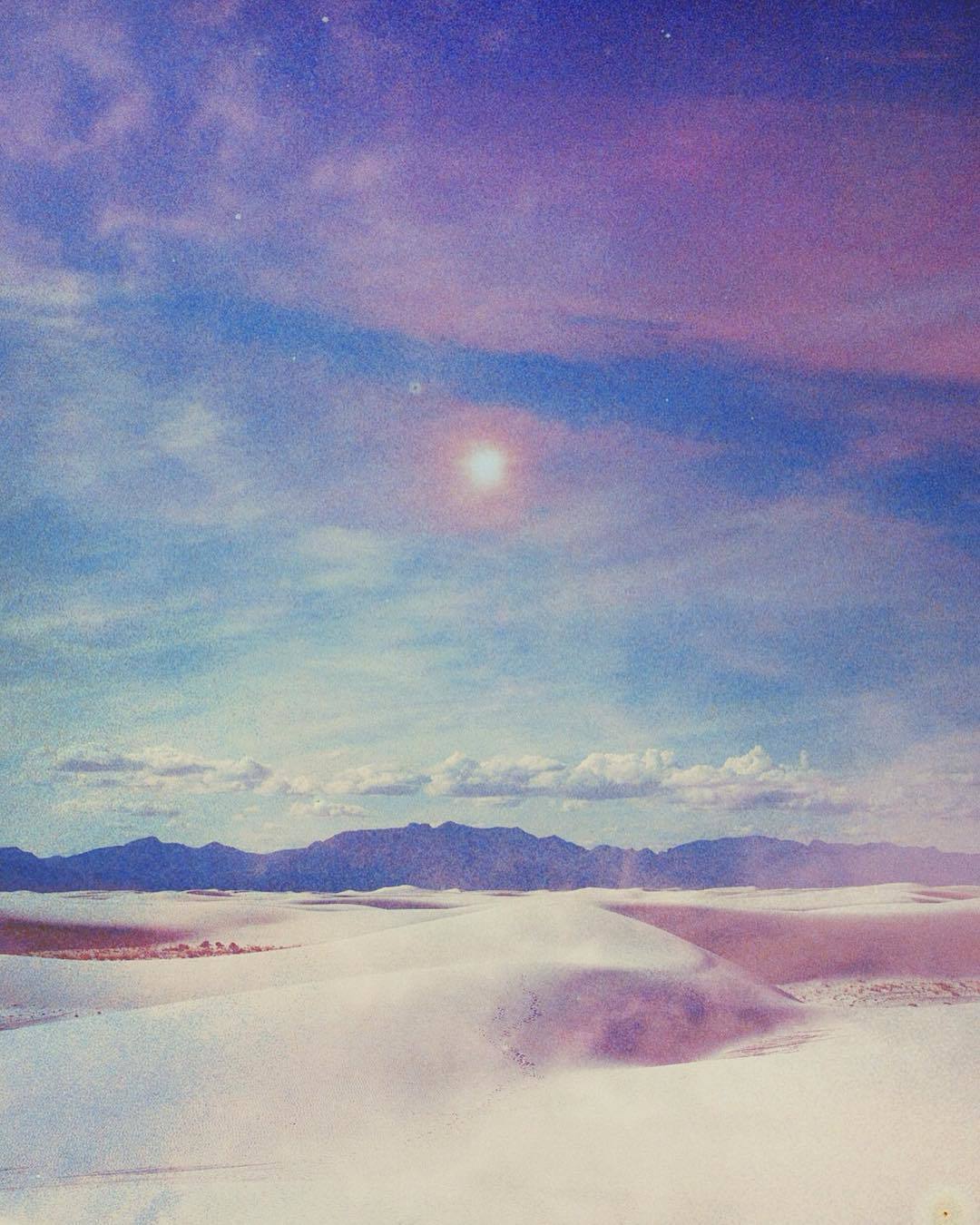Today young Australians grow up in the ever looming shadow of environmental devastation. As one of the most vulnerable countries to climate change, Australia’s coastal lifestyle, ongoing droughts, and already extreme weather compound global issues into a unique threat. Over the next 50 to 100 years it’s projected Australia’s landscape will be transformed and devastated by fires, coastal erosion, acidic oceans, global warming and declining rainfall. As a result, young Australians’ relationship with nature is largely defined by a sense of fragility.
This consciousness is reflected in the work of many young Australian photographers. Their images celebrate fleeting moments and call for deeper engagement with the nature. By presenting complex issues in beautiful art they’re able to engage new audiences and communicate a sense of personal responsibility for our earth. We caught up with some of them to talk their relationship with nature.
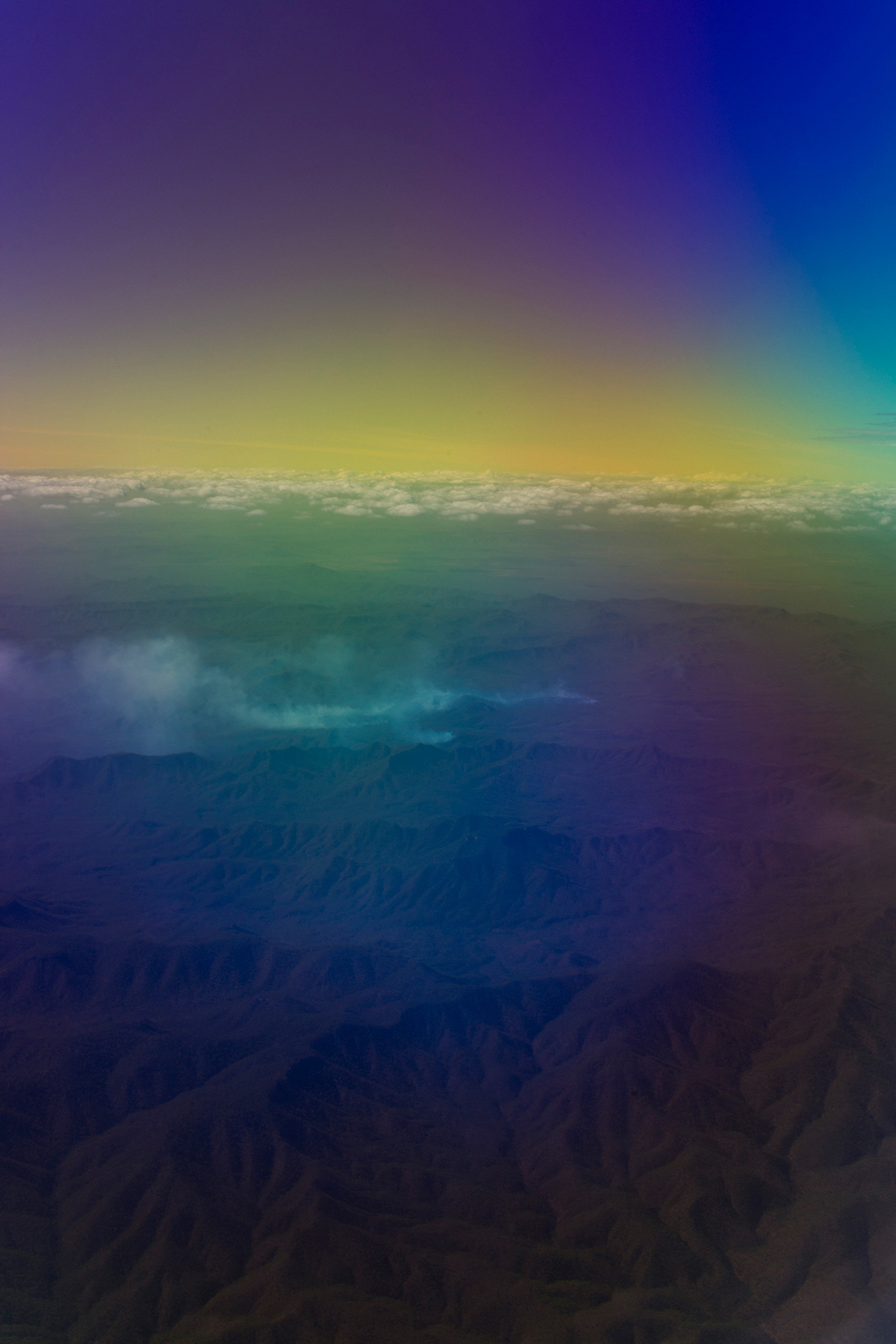
Tim Hillier, photographer
How did you become interested in environmental issues?
For the last four years I’ve been working in remote parts of Australia. I realized how much amazing stuff there was out here. I’ve seen grass trees growing 3000 kilometers inland from where they are meant to grow and discovered an abundance of foods—Gubinge, Warrigal Greens, Quandong—Europeans are still finding out about. Indigenous land management pre-settlement is something that many people still haven’t come to understand.
How does your work reflect that engagement?
Through my work I’m telling stories of my involvement with the environment and people I interact with. I am not trying to show the disasters that are out there, but more the beauty of what is still around. My images, I hope, are positive.
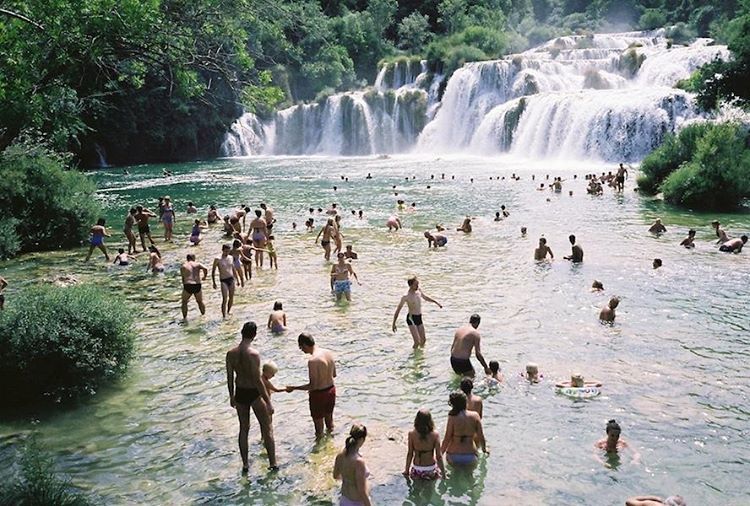
You shoot in some pretty diverse areas. Do you find yourself concerned over certain things you witness?
Yes, the lack of public understanding and that our government is willing to sacrifice long term investment for short term gain. We value coal over food—why would you put a foreign owned coal mine in the best food growing area in the country? Surely feeding people is more important than selling off our resources to foreign multinational corporations.
On the other side, have you seen things through your work that make you feel hopeful?
It is hard to be hopeful in Australia with our fucked politics — short term Prime Ministers and short term policies. But there are good people trying to work around this. I feel with the internet you can bypass big operations.
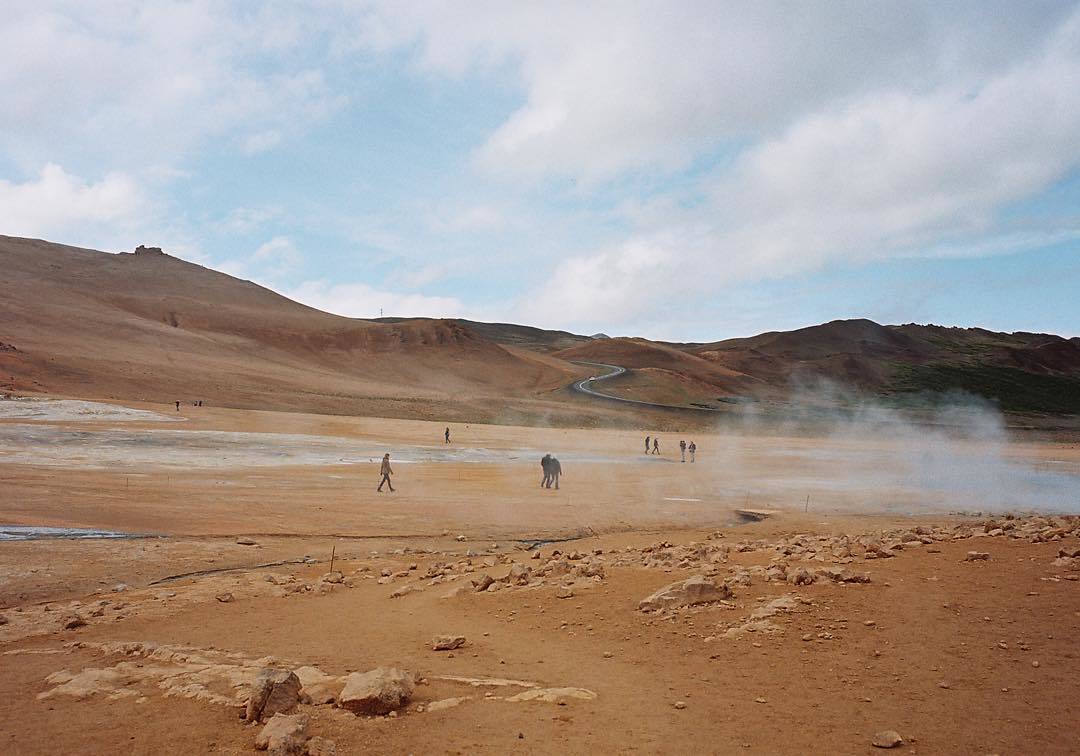
Freya Esders, photographer and filmmaker
Have you always been interested in the environment?
Yes. Growing up on a coastal property—dense with flora and a view to the ocean—was the precursor to realizing how valuable the environment is to our wellbeing and future. But it wasn’t until my residency in Iceland that I understood the responsibility we have to protect and respect our Earth, even while utilizing its resources.
How did the Icelandic approach feel different?
The pragmatism and ingenuity of the Icelanders’ environmental issues highlighted how much inaction was occurring back home. They see the environment as an entity within itself, referring to it as “the nature.” It provides fundamentals like power from thermal activity, clean air, and glacial water. They know it must be cared for and are currently fighting hard to protect their highlands from major developments. On a smaller scale there was a great sense of civility in remembering that every little bit counts; I never saw litter or ill-considered waste management. Those things eventually make the big differences.
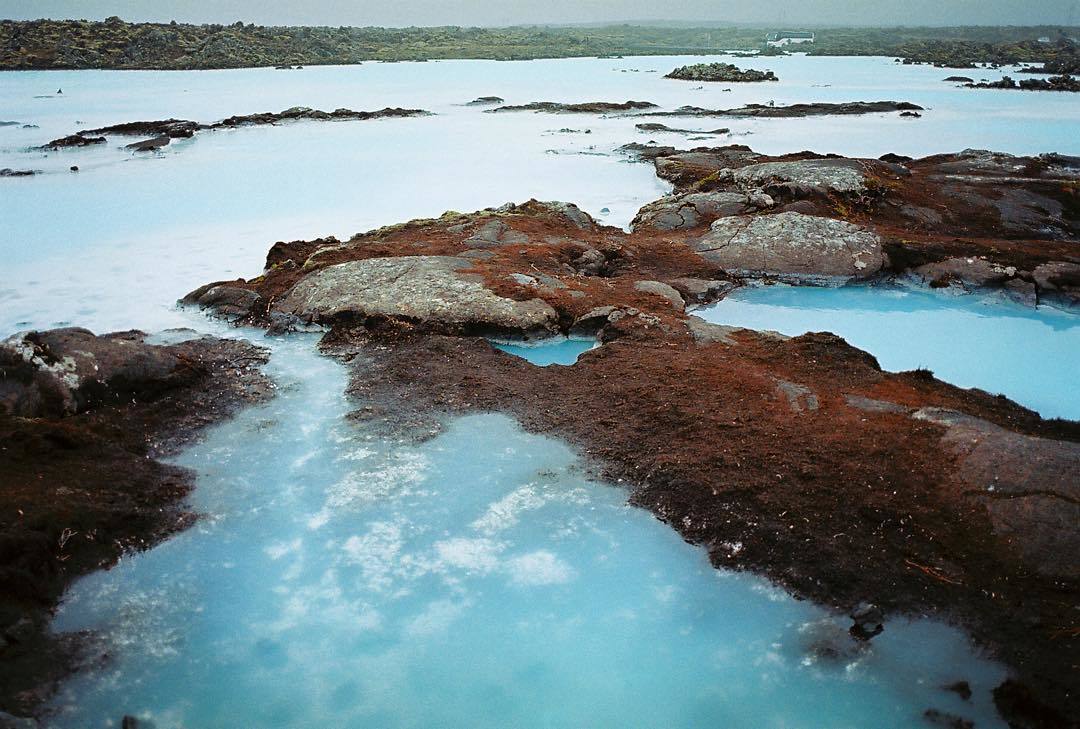
Are you looking to achieve something beyond the visual with your work?
I want to create a connection with something that reminds us of what it is to be human. Belonging to the world around us is a huge part of that; we need to remember this.
What do you find yourself worrying about?
Regret. Regret that we knew and refused to listen. Only having memory of what it was to enjoy and be a part of a healthy ecology.
What counteracts that?
The passion of others; there is a tidal wave of youth looking to change this.
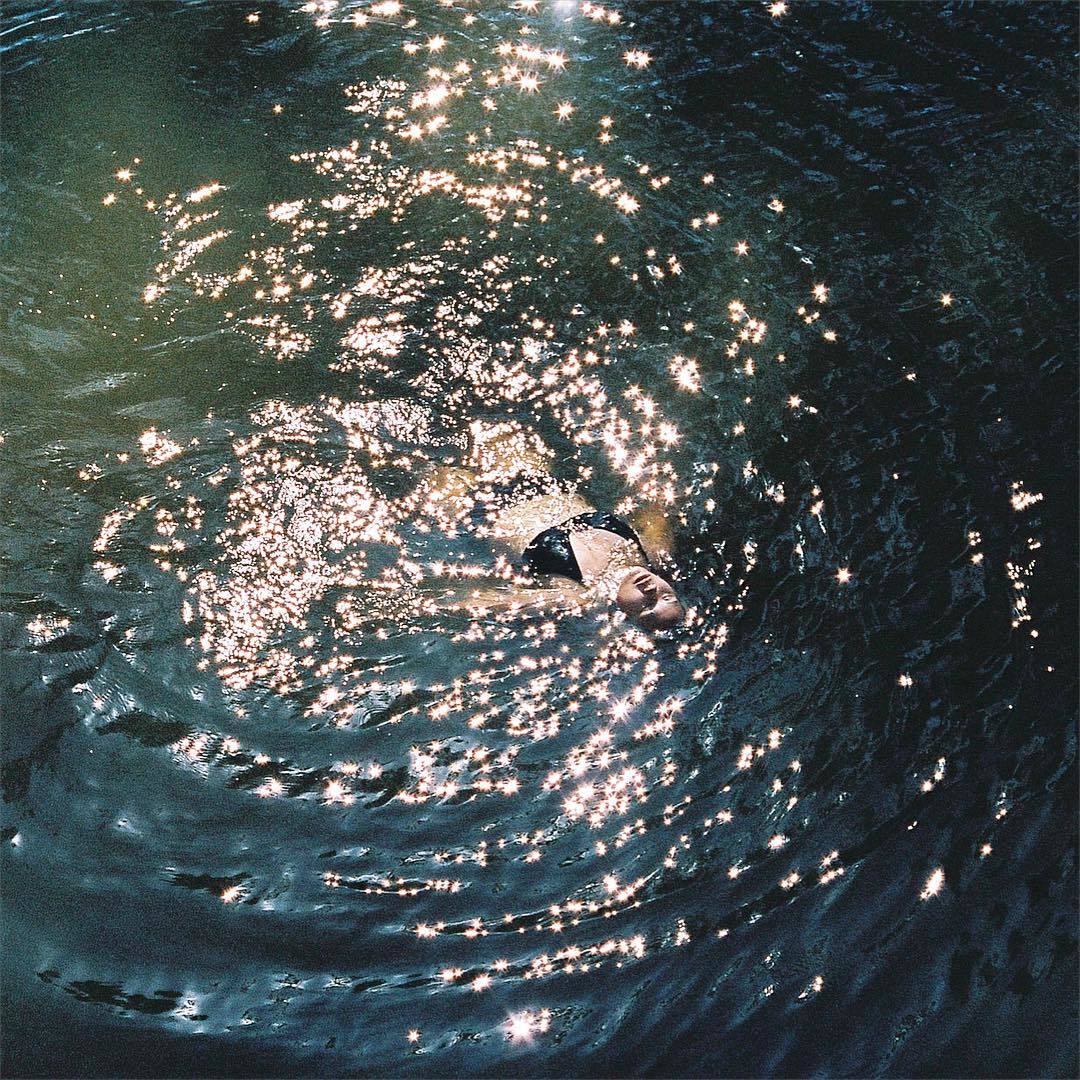
Patricia Casten, photographer
Tell us about how you became interested in environmental issues.
It was a very gradual thing. When I was young it was easy to be ignorant about the environment because I just wasn’t informed. Once I began to educate myself about the impact of human society, started traveling, and saw more of the natural world, it was a normal response to start taking an interest.
How does your work form part of that response?
The human element within my work creates something easy to relate to and makes the scenes within my photography feel attainable. I just hope my work can inspire others to get out of the city, away from materialistic things, and explore the world. The more you appreciate the natural world the more you’re genuinely excited and interested to preserve and take care of it.

What do you worry about?
The lack of education towards environmental issues for young people in school. We need to be more educated on what we can do as a whole to make change. But the progression within Melbourne’s small businesses makes me hopeful. More and more local fashion labels are using environmentally friendly, sustainable fabrics and means of production. A lot more cafés and restaurants are using fresh produce and eco-friendly methods to prepare food. I think there is a lot of progress and growth in Melbourne, it’s inspiring to be surrounded by.
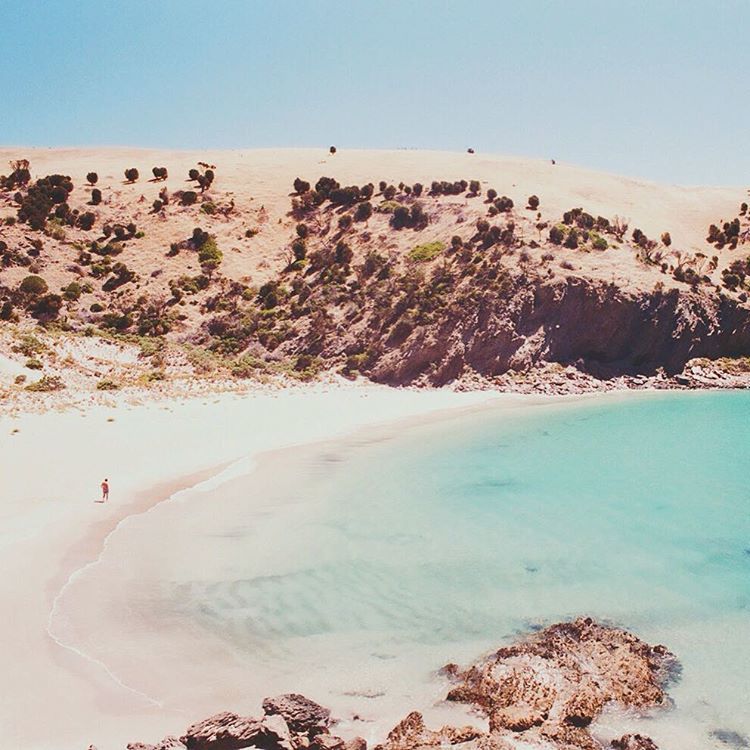
Luke Byrne, photographer and co-founder ofThe Adventure Handbook
How did you become interested in the environment?
I remember watching a study on Antarctica where a scientists showed the level of ice melt through measuring sticks that had been set up years before. The marker they’d set for the worst case scenario had been so far exceeded that they no longer could predict what was going to happen. It was pretty terrifying to watch.
Do you see photography as a way to engage with that conversation?
If people get inspired to look after and take better care of what we’ve got around us through looking at my photos, then that’s a pretty powerful thing.
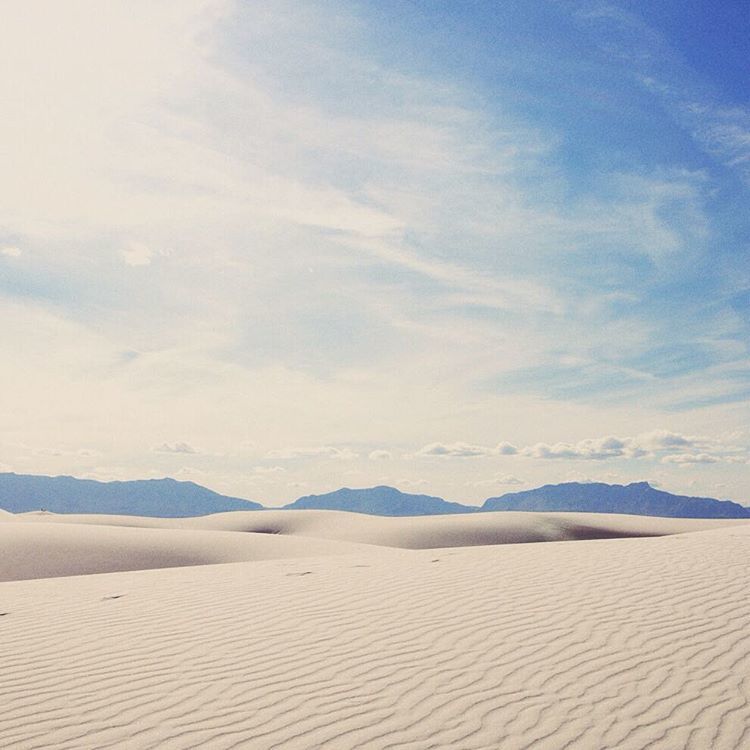
How has nature influenced your work?
It’s one of the things that inspired my friends and I to start up The Adventure Handbook, an independent publisher and creative network brought together by the goal of redefining travel writing and what it means to get out doors. Through that I’ve met some pretty amazing people and it’s definitely made me feel hopeful that there are individuals who really care for their surroundings and want to look after them for future generations.
Does the loss of the things you shoot weigh on you?
I worry it’s doomed, and it may all be gone one day soon.
VOTE for us at this year’s Webby Awards for Best Fashion And Beauty Website
Credits
Text Wendy Syfret
Lede image by Luke Byrne
